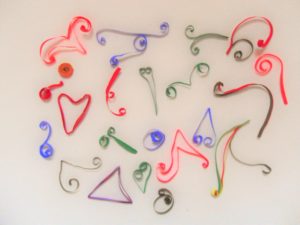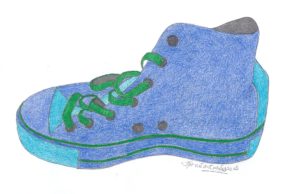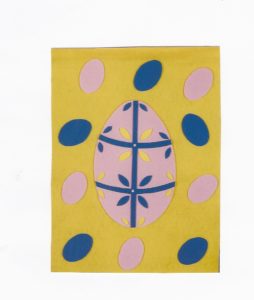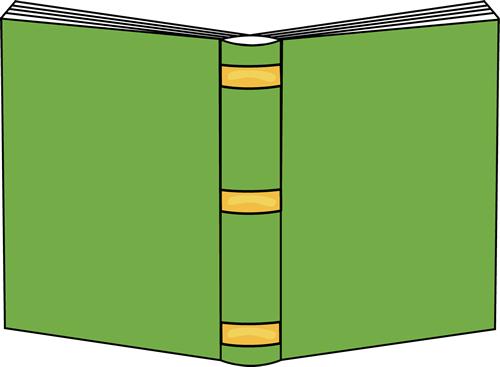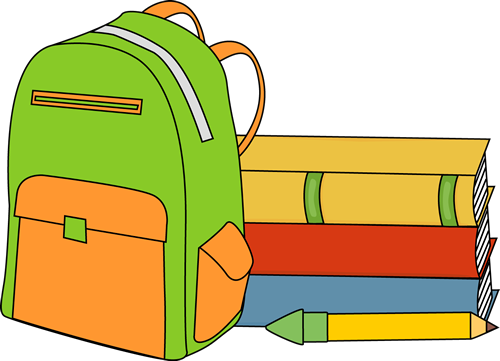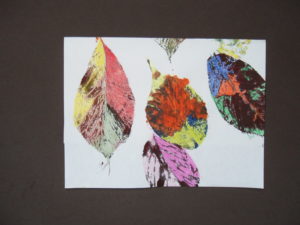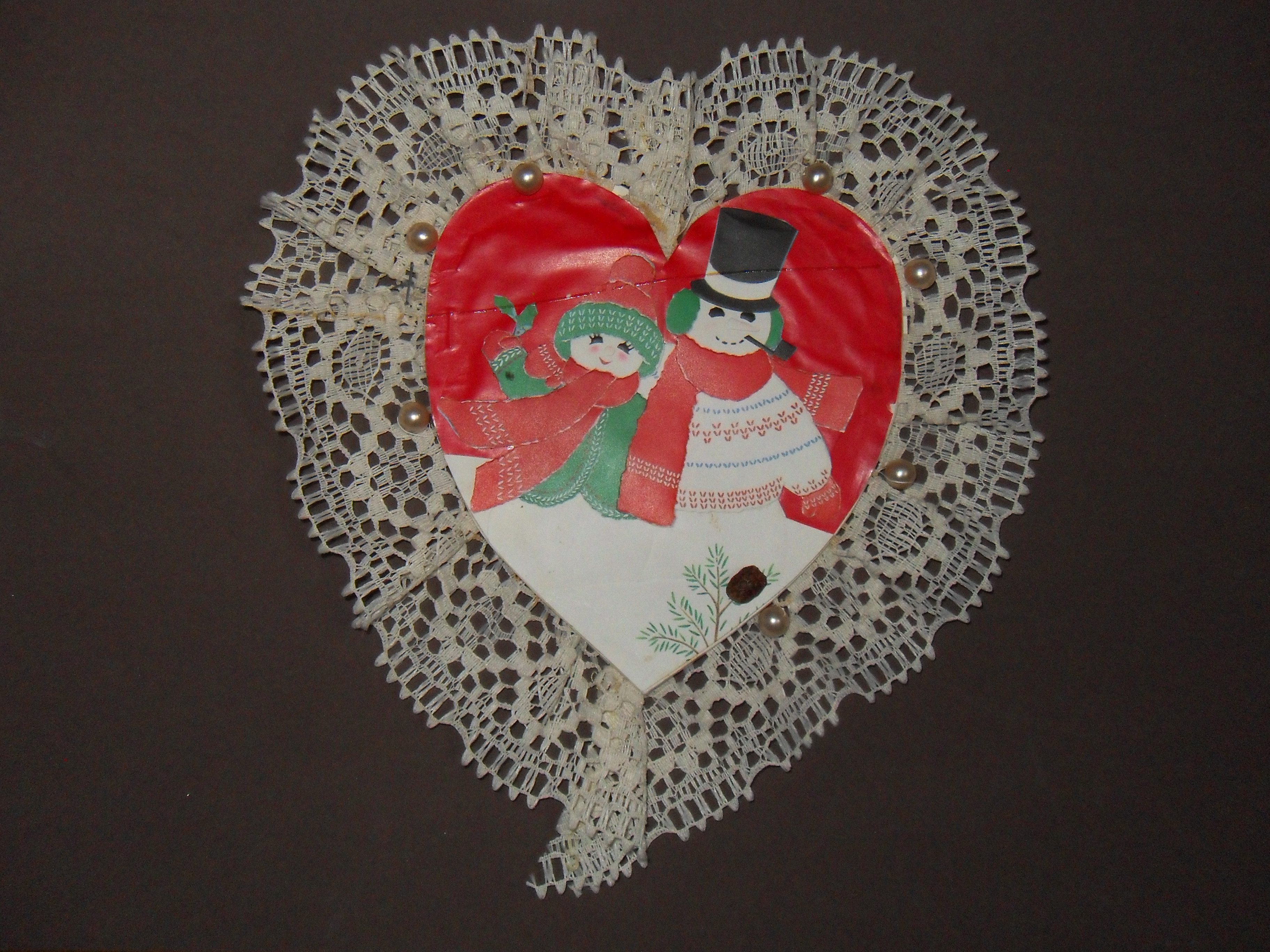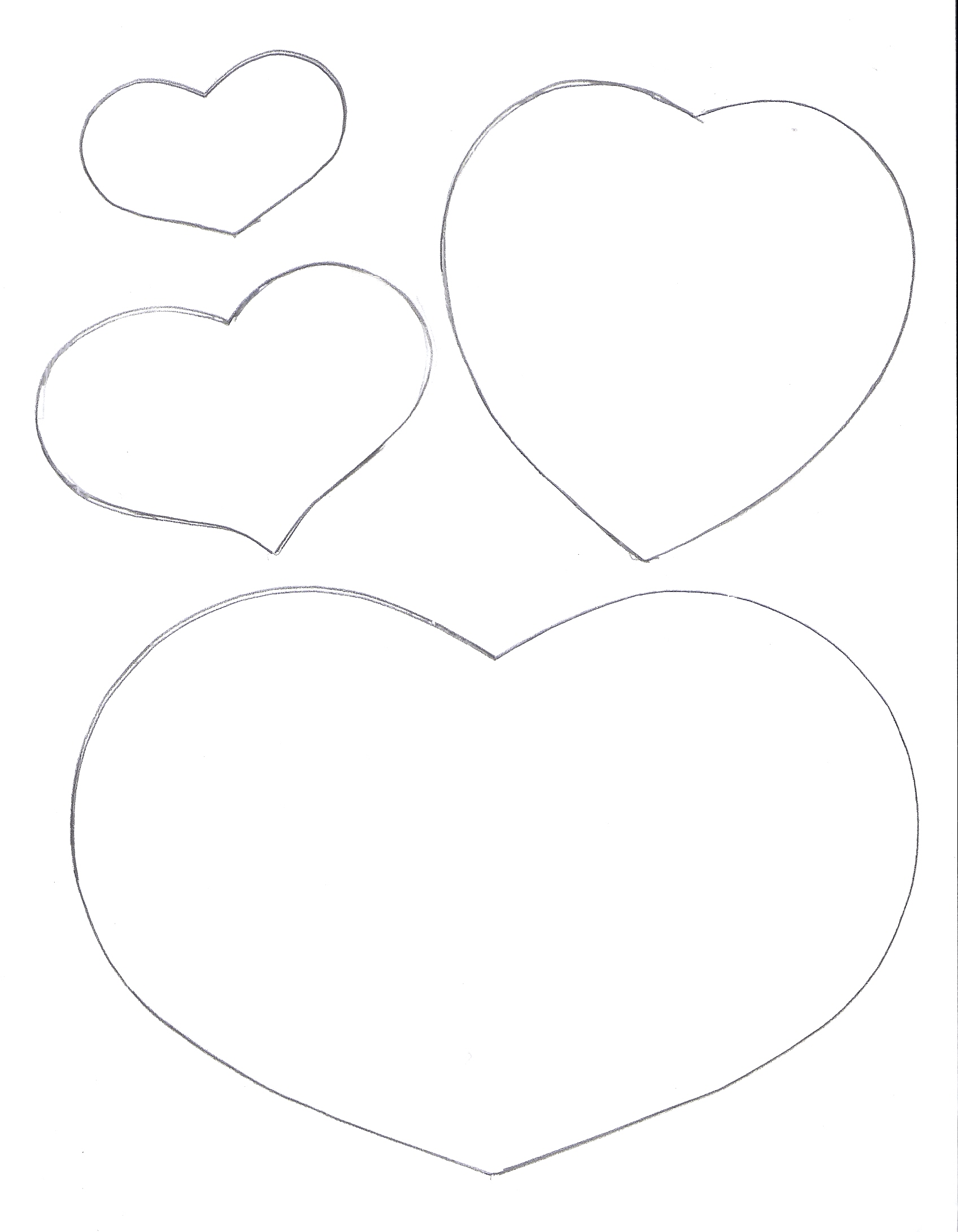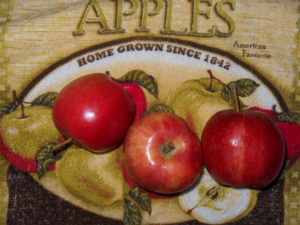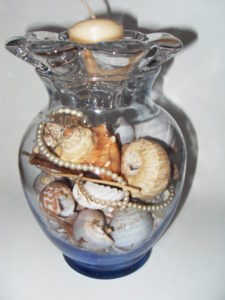Quilling (also known as paper-scrolling) is a paper art whereby multicolored strips of paper are shaped, scrolled and pasted to produce various shapes and objects. Assemble and grouped together, they form a work of art. Historically, paper quilling dates back to ancient Egypt.
Buy or paper strips make them from paper that is flexible. Other considerations are weight and thickness.
3mm width is the standard and preferable width. Larger works may need 6 mm width while 1.5 mm is preferable for embellishments and smaller pieces.
Thick colored paper or watercolor paper is referable for the background. When using colored paper, organize the background color so that it contrasts or blends with the colors of the composition. The paper that is thick, smooth and stiff is ideal.
Tools:
Slotted tool – This is used for scrolling the strips; insert paper strip into the slot and roll or use the handle for bigger coils.
Small bamboo knife – Use it for smoothing and scrapping the paper strips.
Straight pins – These help fix shapes of the designs.
Glue – Use it for pasting strips, etc. on the background.
Curved tip tweezers – Use them to grip, place and fix small pieces or strips.
Needle tool or toothpick or other applicator – Use them to apply glue on paper strips.
Scissors – They are used for trimming and cutting.
Paper shears – Shears are used for special effects’
Utility knife – A utility knife is used to cut.
Tweezers – They are used to hold paper while quilling or gluing.
Ruler – This is used to measure the paper.
Dowels – Dowels are used to help make various coils (fingers work, too).
Markers, watercolors, paints and brushes – These materials and tools are used for coloring and/or designing your papers.
Board/card stock – These are used for pinning or gluing the coils in place.
Techniques
Smoothing – Hold one end of the strip between your left thumb and index finger. Use your right hand to smooth the strip with the bamboo knife with your right thumb on top. This will create a curl. This can also be done by using only your right thumb and finger.
Scraping – Using the bamboo knife, scrap the strip very hard between your thumb and knife or scrape hard with your thumb and index finger.
Scraping and smoothing require using different strengths. Smoothing is the preparation before shaping, scraping and scraping is part of shaping.
Bending – Bend the strip with both hands to create a curve.
Scrolling – Use a slotted tool or small cylinder to scroll the strip to form a coil.
Pulling – Stack several strips and glue one end. Use one hand to loosely hold the middle of the stack and use the other hand to pull the strips into different lengths to create a shape.
Pasting – Pasting fixes the processed strips to form basic shapes and for mounting those shapes on the background. Proper placing and mounting of the last composition is important for overall effect.
Pinching – After scrolling the strip, use your finger to pinch the coil. This creates many variations and shapes.
Pressing – Use thumb and index finger to press the strip or coil to form a shape.
Stacking – Stack several “elements” to crate layering and three-dimensional effects. Add more layers as needed.
Adjusting – Adjust basic components, strips, shapes and compositions to create the best effect.
NEXT WEEK : MAKE A QUILLED CATERPILLAR
